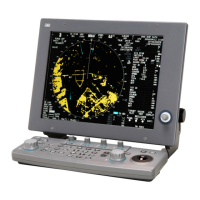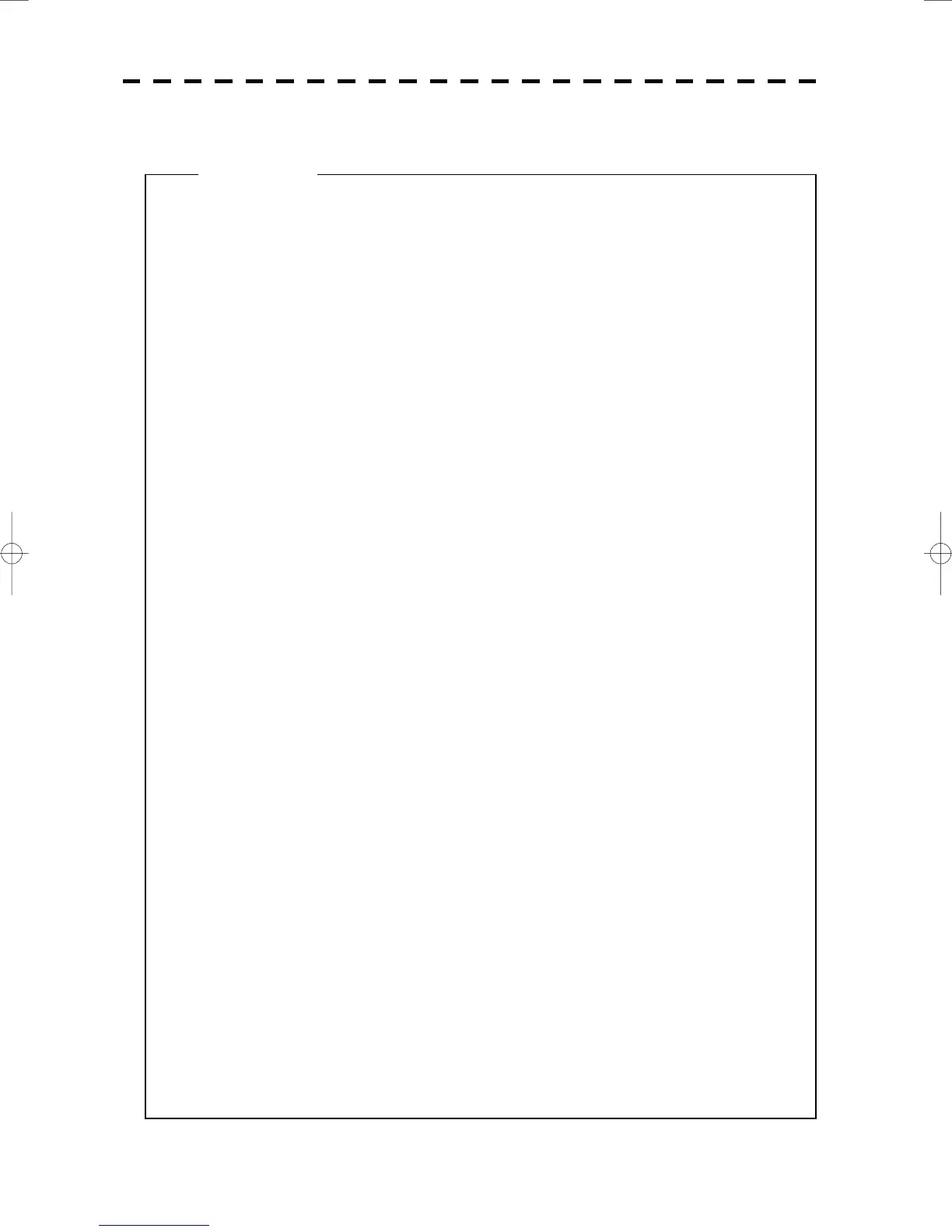5─1
Usage of ATA
There are the following limitations on use of the target acquisition and
tracking functions of ATA.
[I] Resolution between adjacent targets and swapping during
automatic tracking
Depending on the particular distance and echo size, resolution between
adjacent targets during automatic tracking usually ranges somewhere
between 0.03 to 0.05 nm. If multiple targets approach each other,
resolution will become about 0.03 nm and this may cause the system to
regard them as one target and thus to swap them or lose part of them.
Such swapping or less of targets may also occur if the picture of the
target being tracked is affected by rain/snow clutter returns or sea
clutter returns or moves very close to land.
[II] Intensity of echoes and the tracking function
The intensity of echoes and the tracking function have a correlationship,
and thus the target will be lost if no echoes are detected during six
scans in succession. If a lost target exists, therefore, radar gain must
be increased to support detection of the target. If, however, radar gain is
increased too significantly, sea clutter returns or other noise may be
erroneously detected and tracked as a target, and resultingly, a false
alarm may be issued.
[III] Adverse effects of error sources on automatic tracking
To execute accurate tracking, it becomes necessary first to appropriately
adjust the [GAIN], [SEA] and [RAIN] controls of the radar so that the
target to be acquired and tracked id clearly displayed on the radar
display. Inappropriate settings of these controls reduce the
reliability/accuracy of automatic tracking.
Attention

